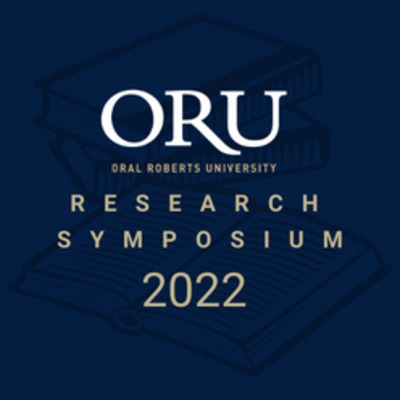Description
Breast cancer is the most commonly diagnosed form of cancer among women living in the United States, and it is characterized by uncontrolled cell growth in either the lobules or ducts of the breast tissue. Additionally, breast cancer accounts for the second highest number of cancer deaths, only trailing behind lung cancer. Current efforts to treat this form of cancer include various combinations of chemotherapy, mastectomy, radiation, and endocrine therapy; however, there is still a need for treatments with increased selectivity. Use of the CRISPR/Cas9 gene-editing tool is a method that could be used to directly target cancer cells. This gene-editing tool is guided to the appropriate sequence through a complementary small guide RNA (sgRNA) that can be designed for any gene of interest. Angiogenesis, which is required in order for tumor cells to survive, is the process in which new blood vessels are formed from pre-existing vessels, and angiomotin (Amot) is directly involved in this process. Additionally, various studies have found that Amot enables the proliferation of mammary epithelia through the activation of extracellular signal-regulated kinases (ERK1/2). Therefore, Amot is thought to be a putative oncogene involved in breast cancer. The current study focused on reducing Amot expression in tumorigenic MDA-MB-468 cells via CRISPR. Cancer cells were transfected with varying guide RNA (gRNA) sequences and varying concentrations of CRISPR-containing DNA constructs. qPCR data suggested that the gRNA sequence “Amot 174” was most effective at reducing Amot mRNA transcripts. Amot mRNA reduction correlated with a decrease in proliferating cell nuclear antigen (PCNA) mRNA transcripts, suggesting a decrease in cell viability. Follow up studies will include Western blotting to confirm reduction in Amot protein, cell viability assays to confirm cytotoxicity, and end-point PCR to confirm editing of the Amot gene.
Department
Biology
College
School of Science and Engineering
Included in
Attenuation of Angiomotin Expression via CRISPR in Triple-Negative Mammary Epithelia
Breast cancer is the most commonly diagnosed form of cancer among women living in the United States, and it is characterized by uncontrolled cell growth in either the lobules or ducts of the breast tissue. Additionally, breast cancer accounts for the second highest number of cancer deaths, only trailing behind lung cancer. Current efforts to treat this form of cancer include various combinations of chemotherapy, mastectomy, radiation, and endocrine therapy; however, there is still a need for treatments with increased selectivity. Use of the CRISPR/Cas9 gene-editing tool is a method that could be used to directly target cancer cells. This gene-editing tool is guided to the appropriate sequence through a complementary small guide RNA (sgRNA) that can be designed for any gene of interest. Angiogenesis, which is required in order for tumor cells to survive, is the process in which new blood vessels are formed from pre-existing vessels, and angiomotin (Amot) is directly involved in this process. Additionally, various studies have found that Amot enables the proliferation of mammary epithelia through the activation of extracellular signal-regulated kinases (ERK1/2). Therefore, Amot is thought to be a putative oncogene involved in breast cancer. The current study focused on reducing Amot expression in tumorigenic MDA-MB-468 cells via CRISPR. Cancer cells were transfected with varying guide RNA (gRNA) sequences and varying concentrations of CRISPR-containing DNA constructs. qPCR data suggested that the gRNA sequence “Amot 174” was most effective at reducing Amot mRNA transcripts. Amot mRNA reduction correlated with a decrease in proliferating cell nuclear antigen (PCNA) mRNA transcripts, suggesting a decrease in cell viability. Follow up studies will include Western blotting to confirm reduction in Amot protein, cell viability assays to confirm cytotoxicity, and end-point PCR to confirm editing of the Amot gene.





